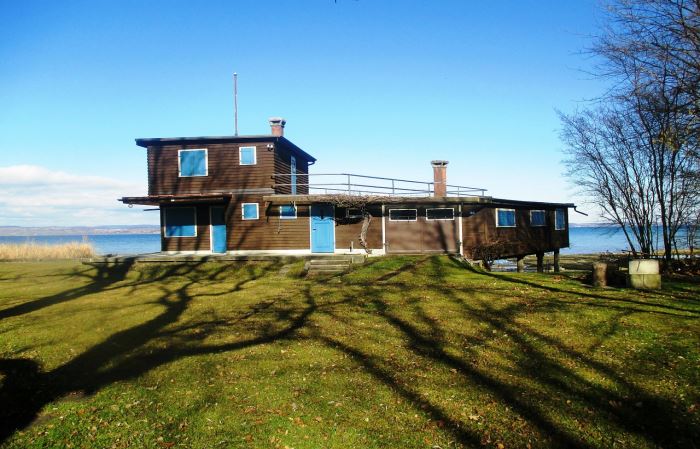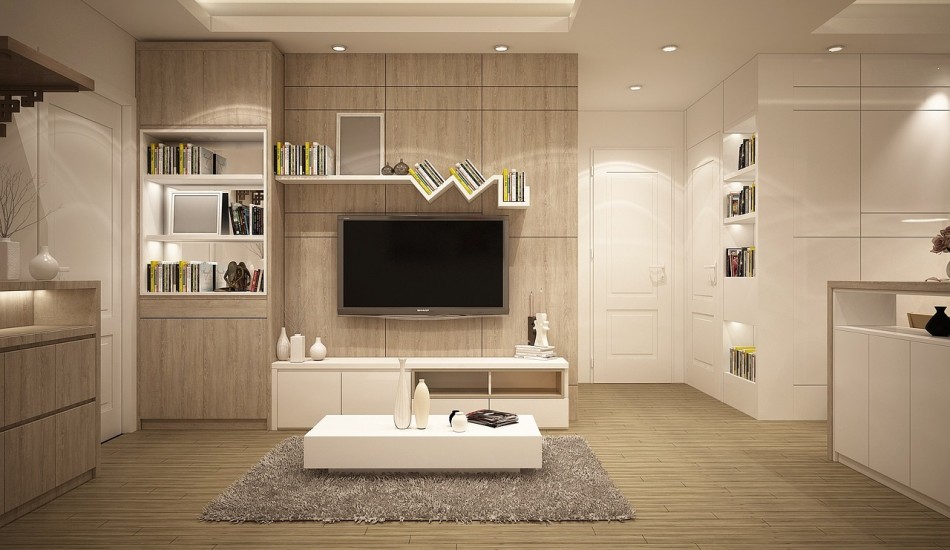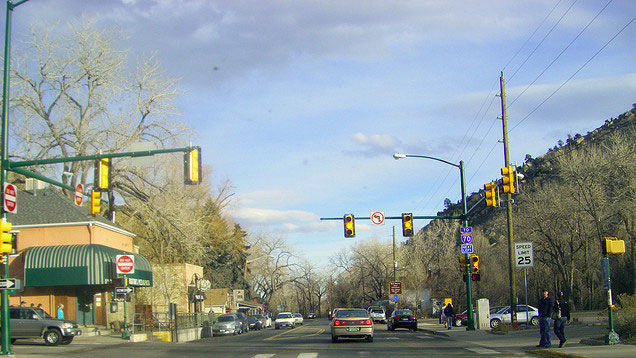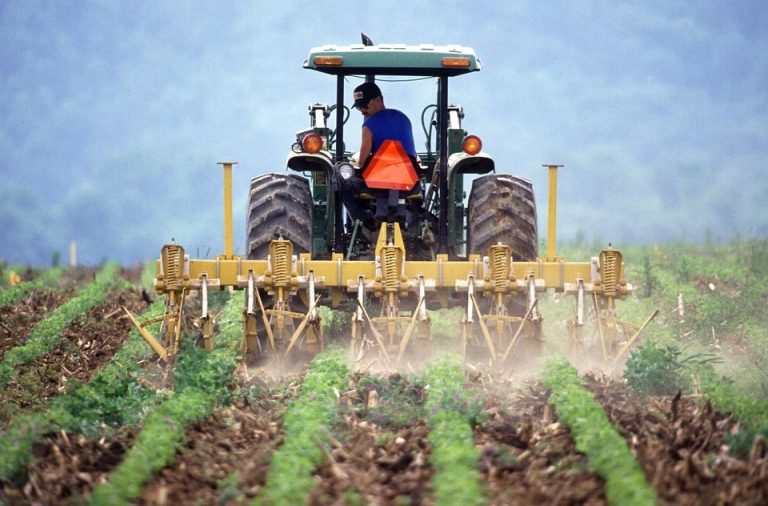
A recent Bloomberg report looked into the ways property investors were measuring a new threat to their portfolio – environmental risks. In other words, real estate investors are getting increasingly worried about new climate-related regulations.
Going green used to be about saving the environment. Responsible people from across the country would invest heavily in energy efficiency gadgets that sucked less energy and spewed out less toxic substances. That cause is far from dead. As going green hits the mainstream and awareness grows, buyers are increasingly willing to pay more for greener properties.
Economics professors Matthew E. Kahn and Nils Kok studied over 1.6 million homes in California. They found that greener homes were likely to fetch 8-10% higher prices. The premium was similar for homes in Europe, which suggests that these premiums are global.

Greener homes are worth more for a simple financial reason – investment returns. Laying down solar panels or installing a smart thermostat costs money, but it saves money in the long run. Governments around the world are increasingly likely to either subsidise energy conservation or regulate energy wastage. Add to this the significantly higher value of a green home on the open market and you can see why investors would be interested.
Tanya Topolewski, an expert in green retrofits who was asked to participate in the real estate studies, recommends `going green to everyone with a property. She believes the initial investment pays off rather quickly and simple upgrades can go a long way toward adding value to your home.
Changing all the light fixtures in the house to LEDs, for example, was a quick and easy way to save bills and the environment simultaneously.
Other measures, such as super insulation on all sides of the room, installing high performance windows and doors, Upgrading HVAc and water heating systems to be more efficient and monitoring electricity use were also likely to help.
Other creative ways to make a property greener include using recycled materials to make essentials such a countertop, door or flooring. Keeping drought resistant, hardy plants in the garden are a surefire way to conserve water and make the home greener.
Finally, solar panels are the most obvious installation for a green home. Federal and state tax incentives could help subsidise the installation. Buyers are willing to pay more for houses that already have a solar panel installed. 85% of Australians said they would be keen to pay more for a solar paneled home. A battery setup is even better.
Between 70-80% of Australians said they were willing to pay more for other green essentials such energy-efficient appliances, water tanks and solar water heating systems. 47% said they were willing to pay a premium for houses with other water saving fixtures.
All these statistics should encourage homeowners to invest in green tech. Science and technology have made being eco-friendly exponentially easier, but now it seems economics is supporting green developments too.





Leave a Comment